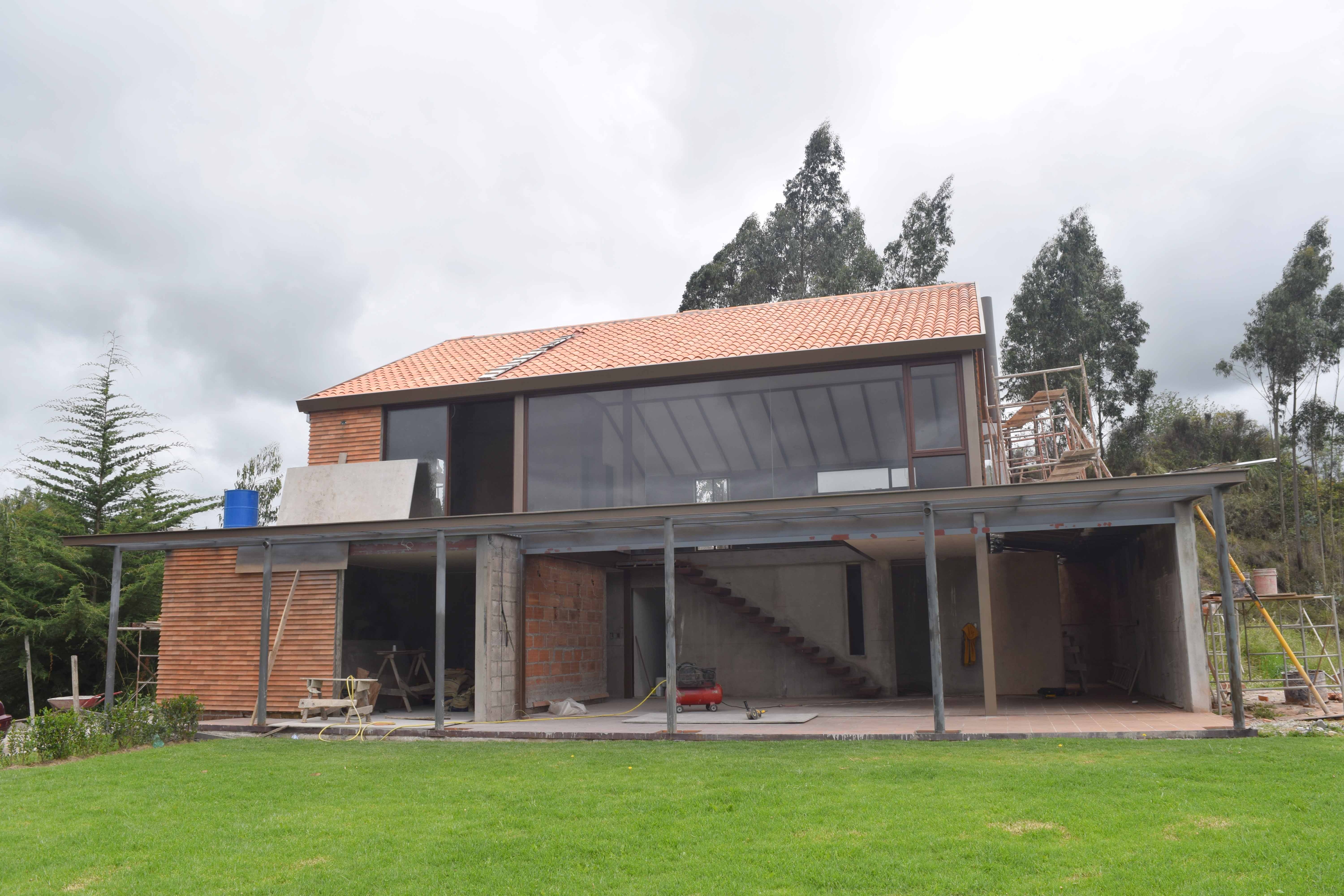
Uploaded on 2014-11-30 by astvdillo
[1]: https://edxuploads.s3.amazonaws.com/14173857227532876.jpg This picture was taken 30 minutes from the city I live. It is situated in the “countryside” to name it somehow. The local population is dispersed and there is also almost any material suppliers. In order to this conditions the transportation of the material begin in my city (Cuenca, Ecuador) which is the third most important in the country. Yet for example the main factory of the most globalized material that we can see in the picture (steel) which produces the raw material is located in the capital Quito. Other globalized material is glass, in this case it comes from Colombia. In both cases we can say that the material goes through Ecuador for the final destination. On the other hand brick which is traditional not only in Ecuador but in the Andean zone it’s typically a local based material because of the raw material (clay) and often people feel identified with it. Another local material produced in the one is “teja” which covers the roof(asbestos cement). Its raw material is also clay. The floor is also covered with brick and the structure of the stairs is covered with wood its steel structure with wood called traditionally "Mascarey" from the Amazon region. The heating system is underfloor heating due to the cold climate here. If we compare the globalized and local materials, in this case it is clear that the local materials are in their majority just to embellish the final product and the globalized are structural or formal. So the search of the identity of this construction comes hiding the “global”.